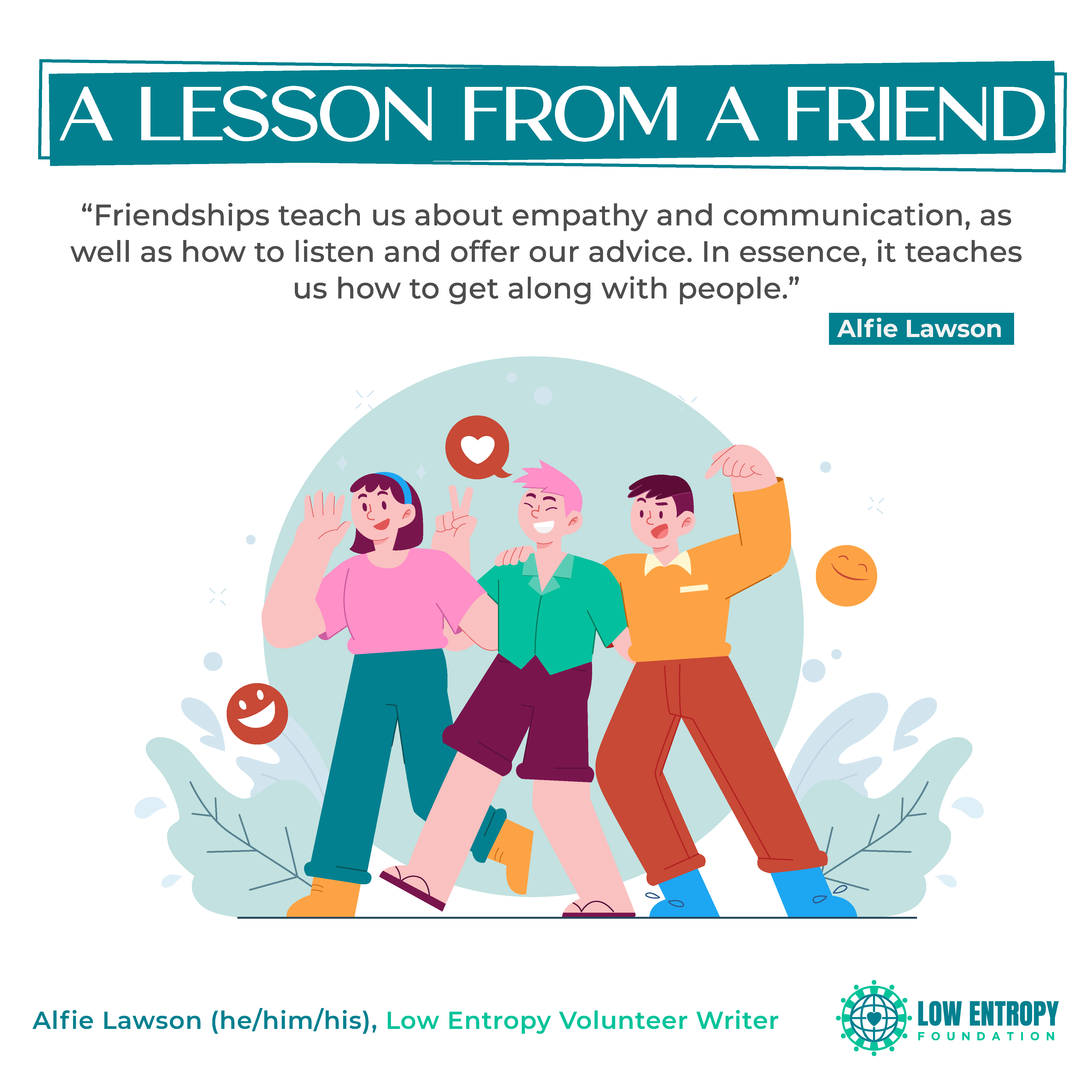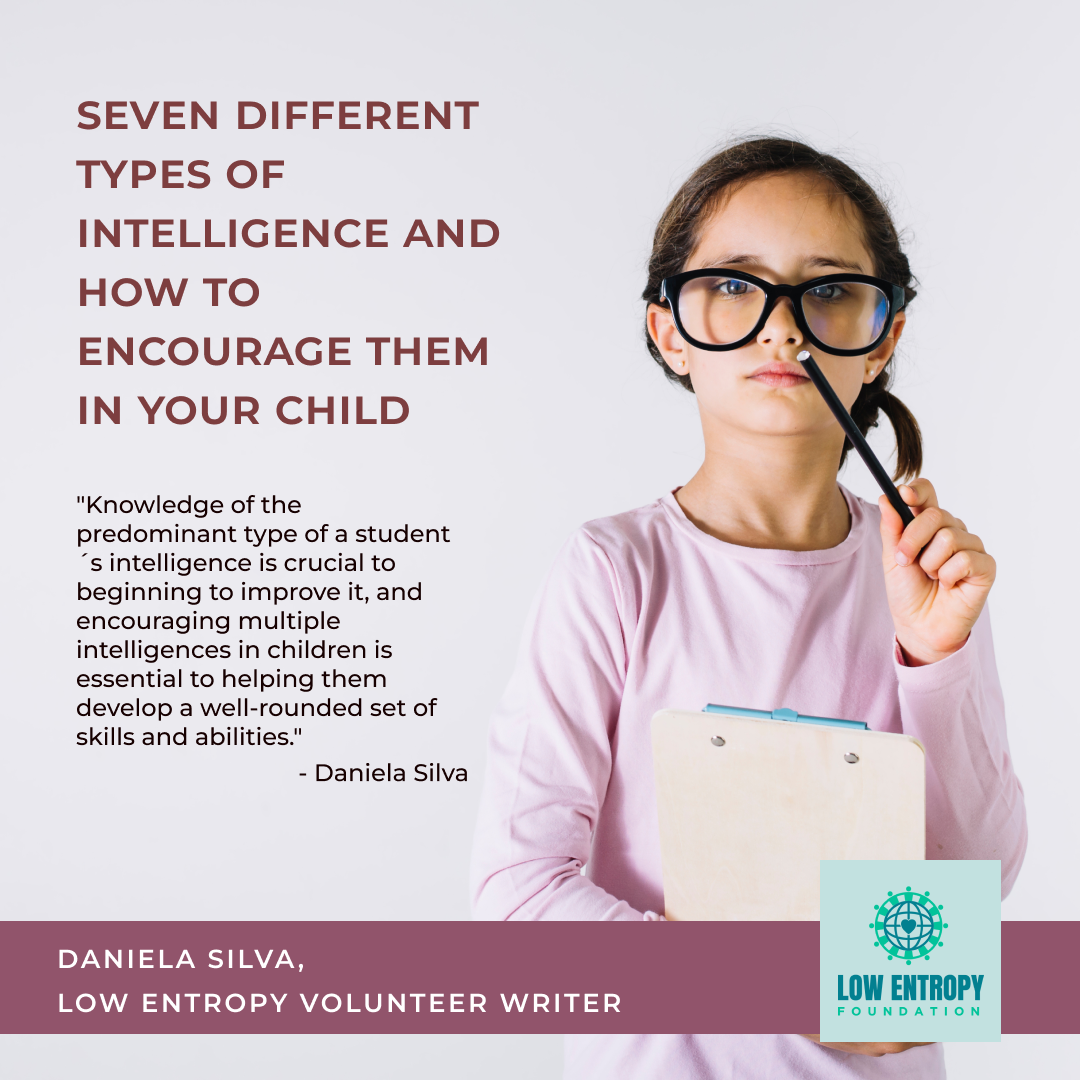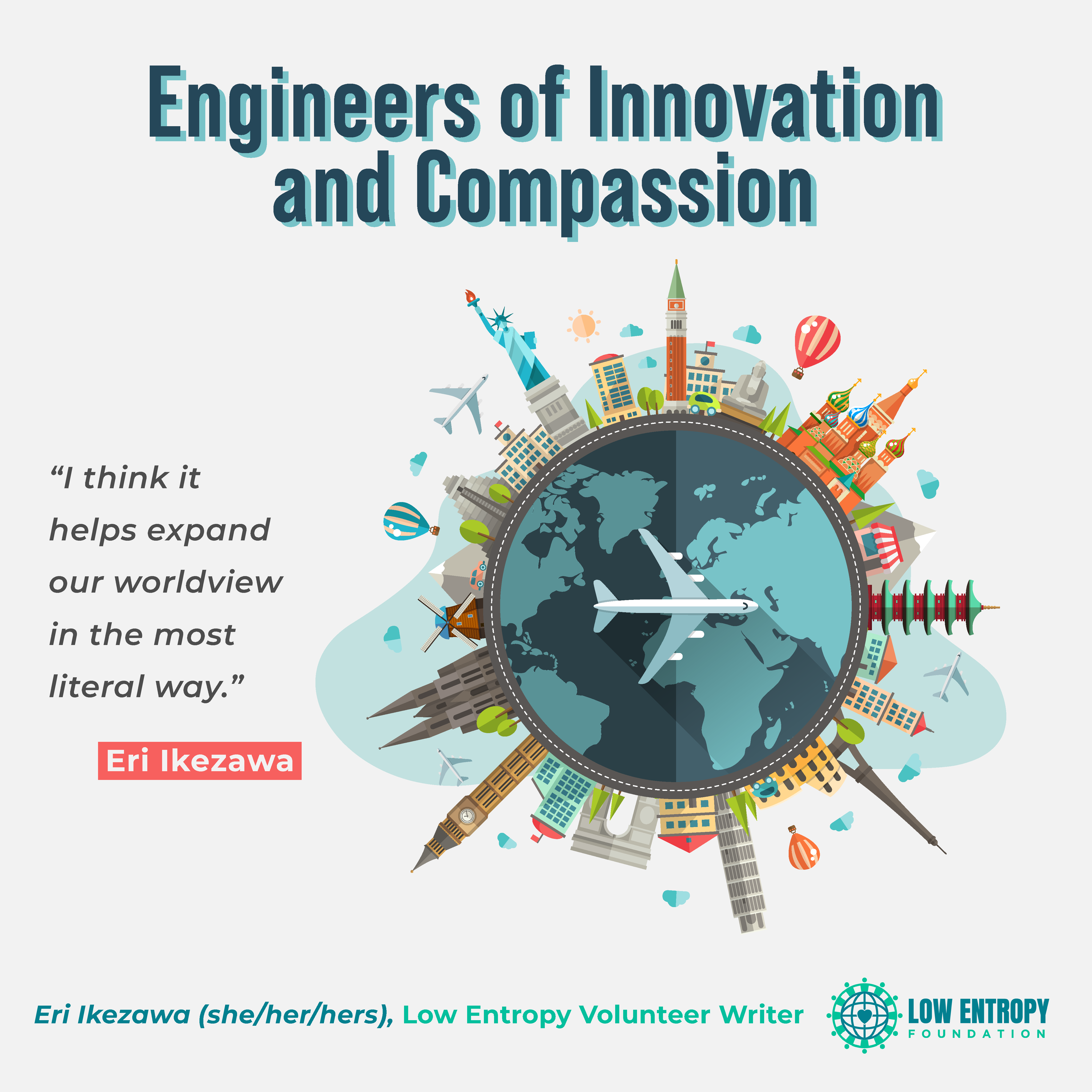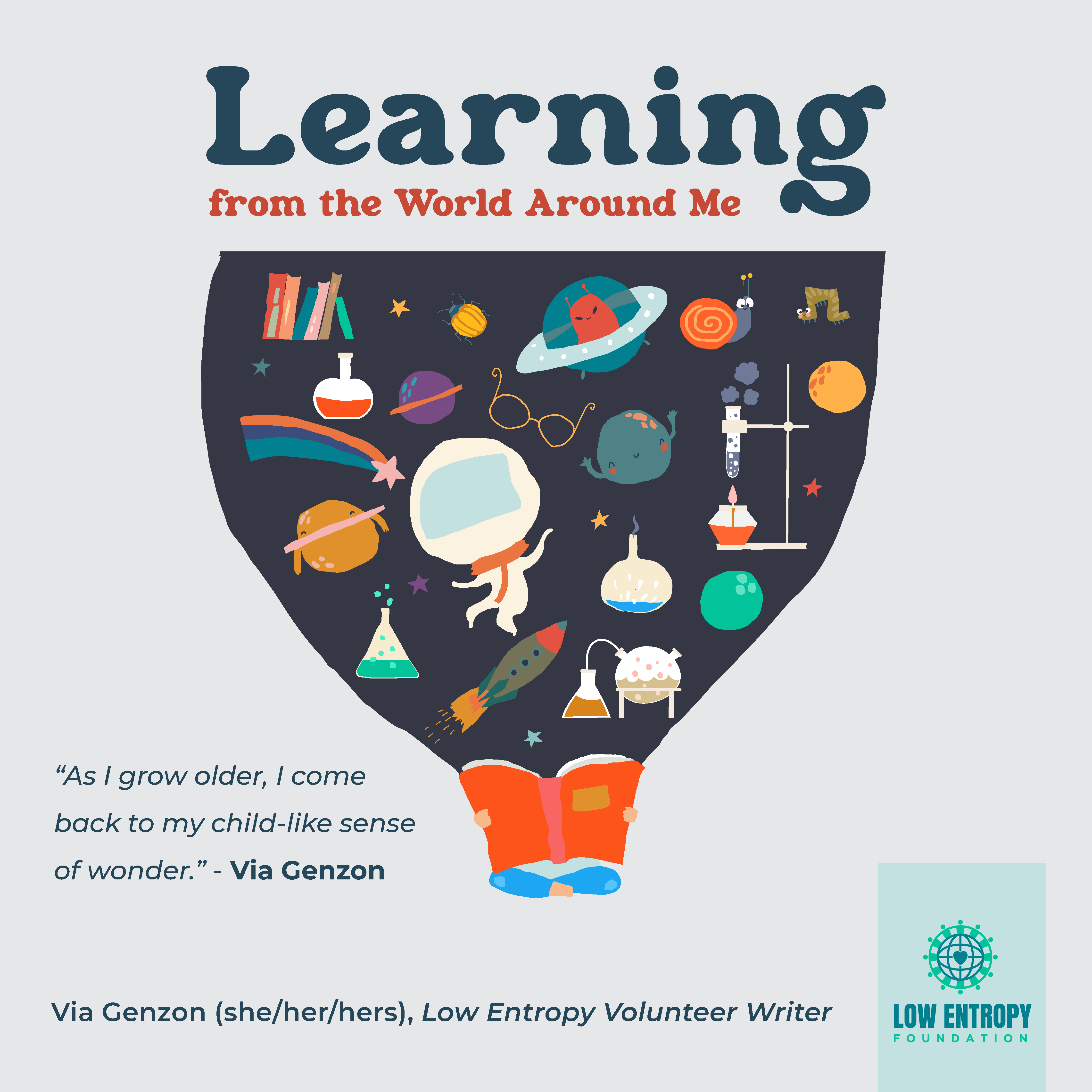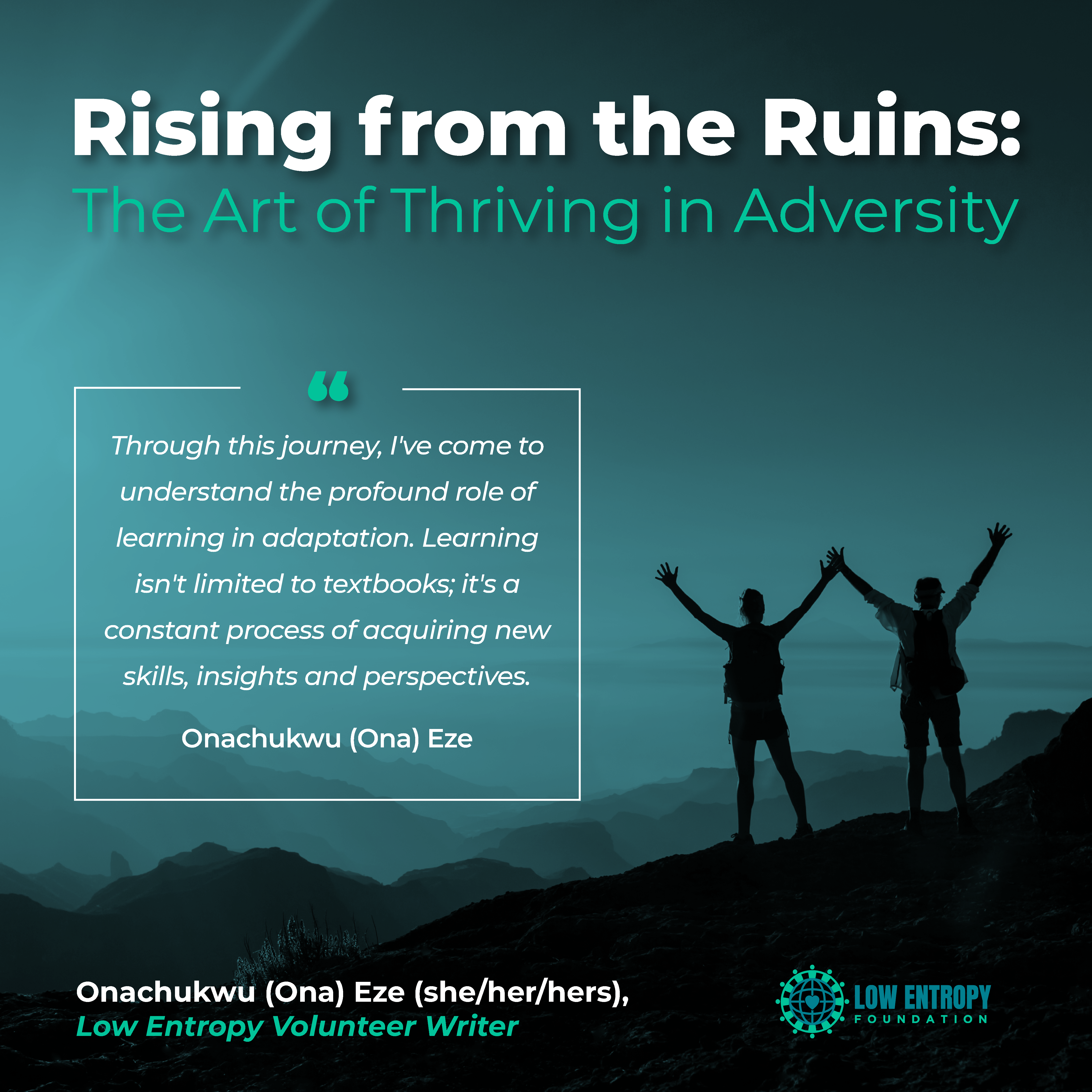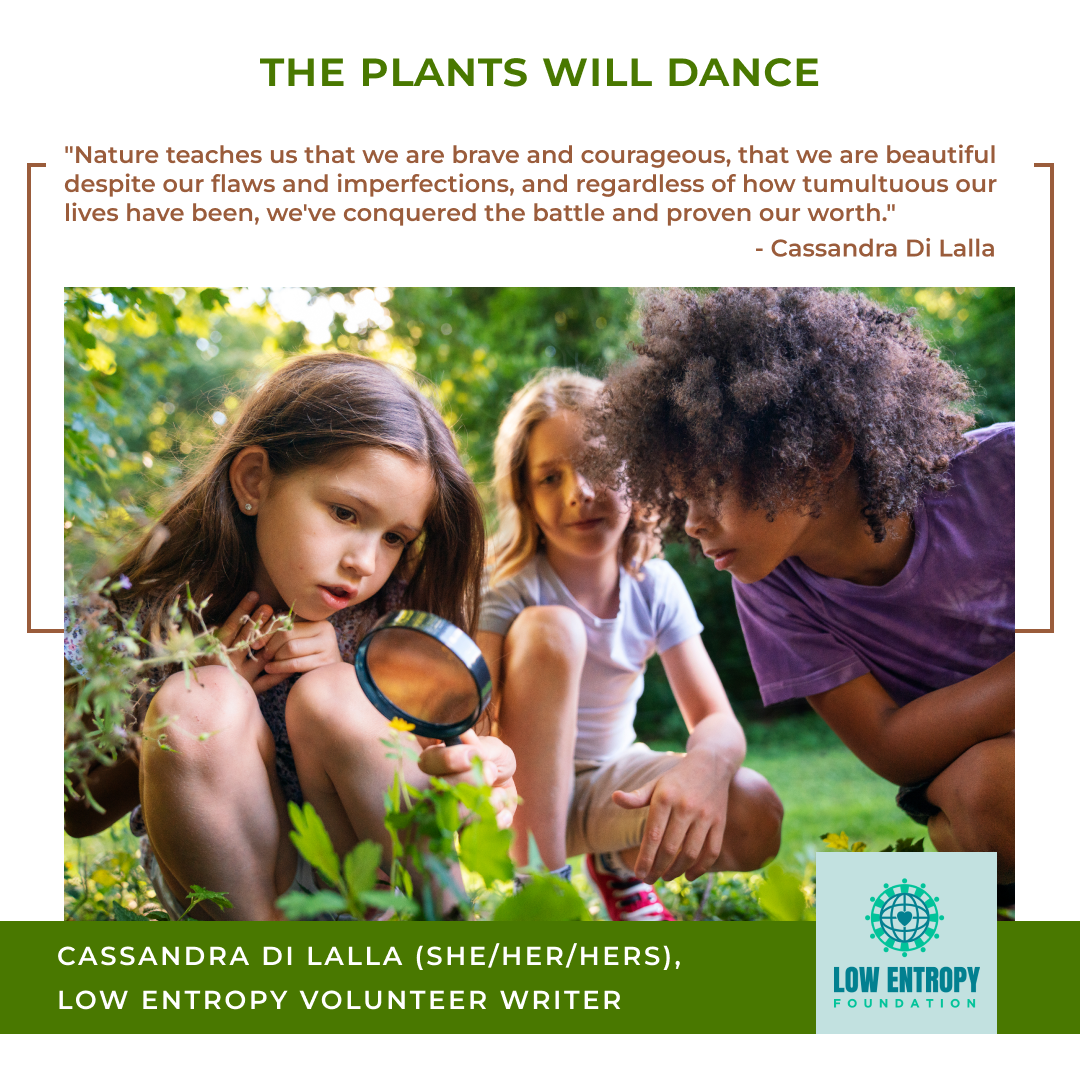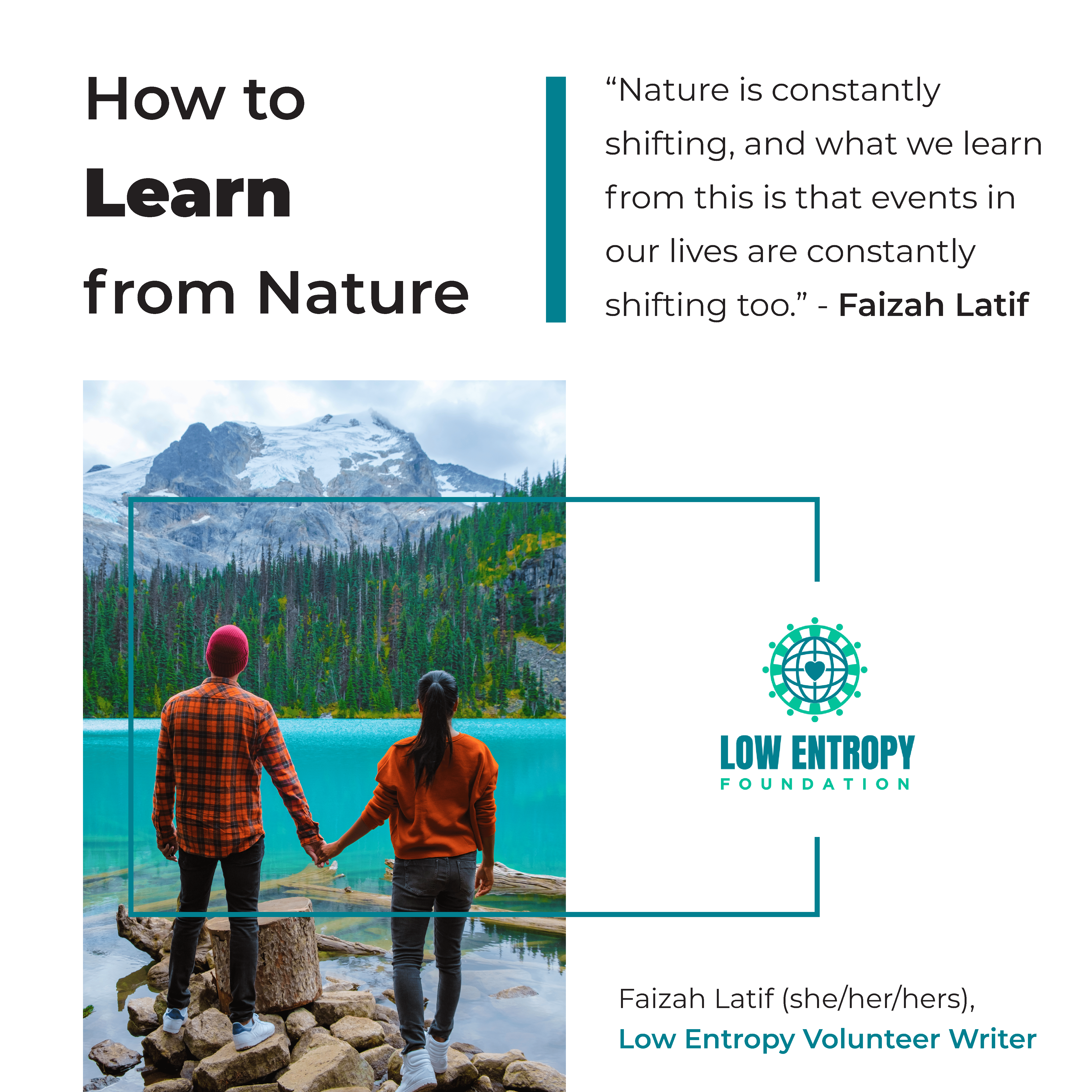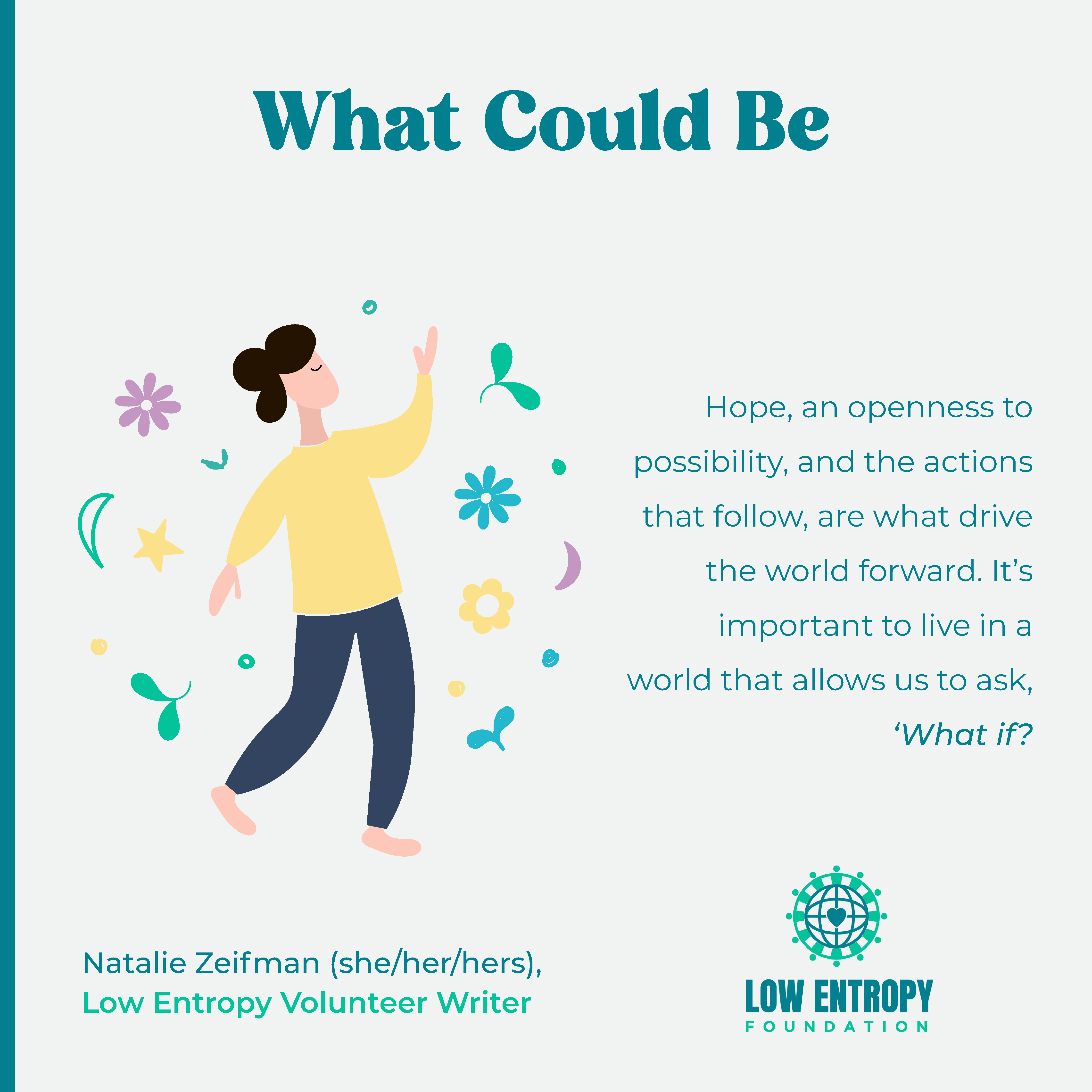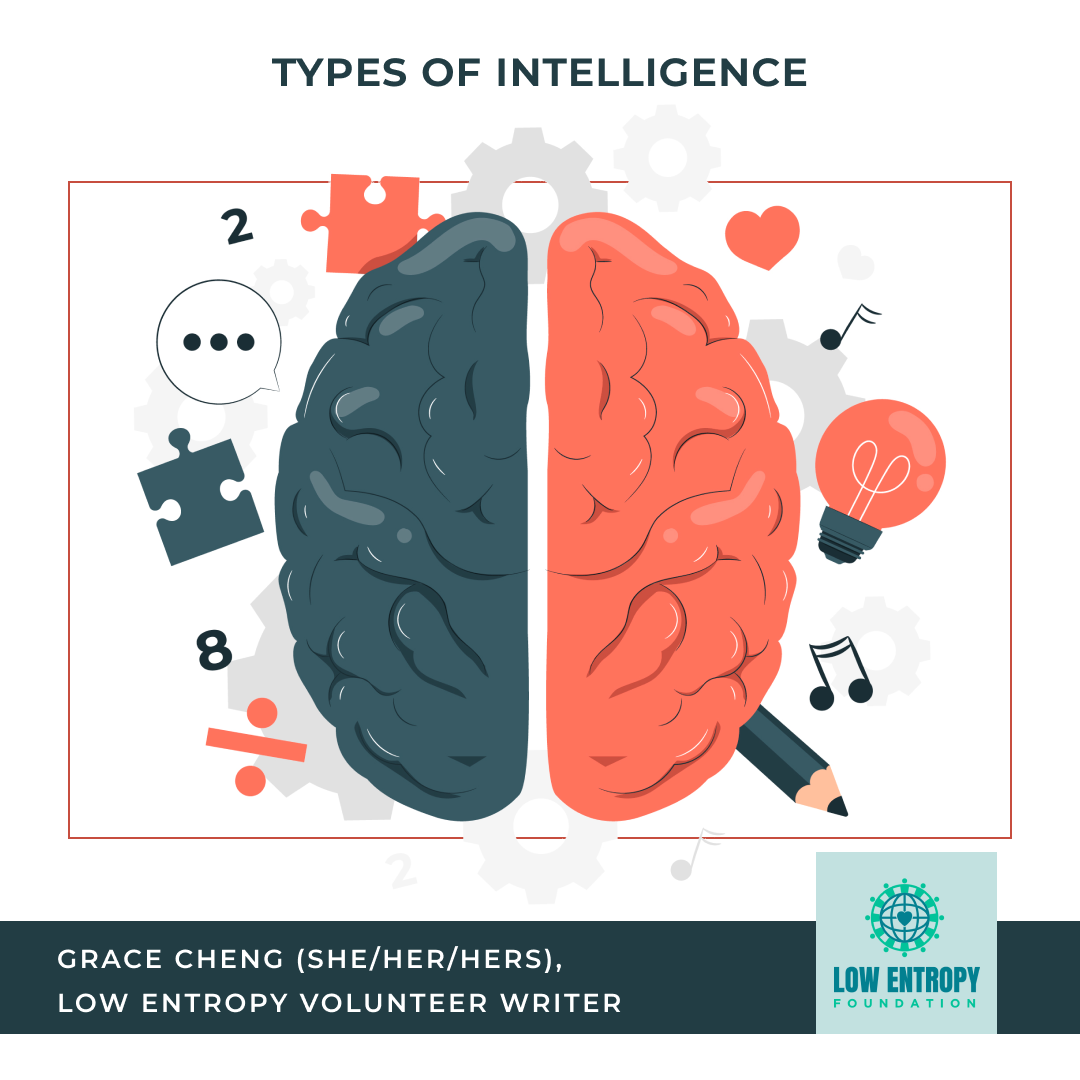Alfie Lawson (he/him/his), Low Entropy Volunteer Writer
Maybe I’m just quite forgetful, but I can’t seem to pinpoint an exact moment where a friend of mine definitely taught me something. I mean don’t get me wrong, I’m sure I learn a lot of fairly innocuous things in regular conversation with different people. But profound life lessons? That’s something I’d really have to think about.
I think the idea of a single lesson is a rather tricky one. It’s like having to figure out everything I credit the people in my life for adding to my own existence, and then picking one thing that feels the most important. I’ve struggled to get my head around it.
More broadly, however, a hugely beneficial aspect of friendship tends to be the positive influence that the right people can bring. In this respect, my friends have taught me a lot. From influencing my taste in art and sense of humour to affecting my mannerisms and how I perceive the world, I know that many friends are major parts of my own development.
It certainly feels like a slow burner experience though. The impact of my friendships filter in little by little, and this remains an ongoing process. Also, whilst certainly personal and meaningful to me, this impact isn’t unique. Most of us have bands, films and other pop culture things that our mates introduced us to. Many of us will change our behaviour or have in-jokes with specific friends. Some will have had a judgement on the world altered by deep conversations with someone else.
Preparing for Life
So why discuss all this if the effects that friends have on us are quite similar? Well, as mentioned earlier, I see this stuff as incredibly important for shaping who I am. Thus, let’s try to find some actual life lessons in all this praise.
I’d say that the influence of my friends has included support in helping me to make and face big changes in my life. This in particular goes for my pals who undertook things before I did, and then guided me by sharing their experiences. This got me through school, taught me new skills and involved me in new hobbies, as well as helped me to move abroad and discover a new country to call home.
These sizable contributions are made possible by the trust, companionship and genuine desire to see one another thrive that makes close friendships so valuable. Moving away from home a few times and being alone to restart myself in a new place reminds me of how lucky I am to have people like that in my life.
What We Teach Each Other
My friends have taught me how to handle many of the ups and downs that we regularly face. They’ve also helped to encourage me to try new things and take more risks. But another big component of companionship is how it shapes our development.
Friendships teach us about empathy and communication, as well as how to listen and offer our advice. In essence, it teaches us how to get along with people. This is something vital that we teach each other through our relationships.
After all of this, can I say precisely what my friends have given me? Honestly, I still couldn’t give you a specific piece of sage advice from one of my mates.
Yet I think that misses the point. What my friends have taught me goes far beyond a classroom-style or moralistic life lesson. They have made me who I am today. Through these relationships, I’ve learned what makes our interactions with each other so crucial. Being a shoulder to cry on, a person to celebrate with or anything in between teaches us how to care for one another.
The support we provide to those around us helps to push us out of our comfort zone and try new things. In turn, our friends are there to co-pilot as we navigate life’s journey. And, I suppose, realising and appreciating this is arguably the greatest lesson any one of my friends could have given me.
—
Leave your thoughts for Alfie in the comments below. You can also follow us on Facebook, Instagram, TikTok, Twitter and YouTube to stay up-to-date with Low Entropy news!







